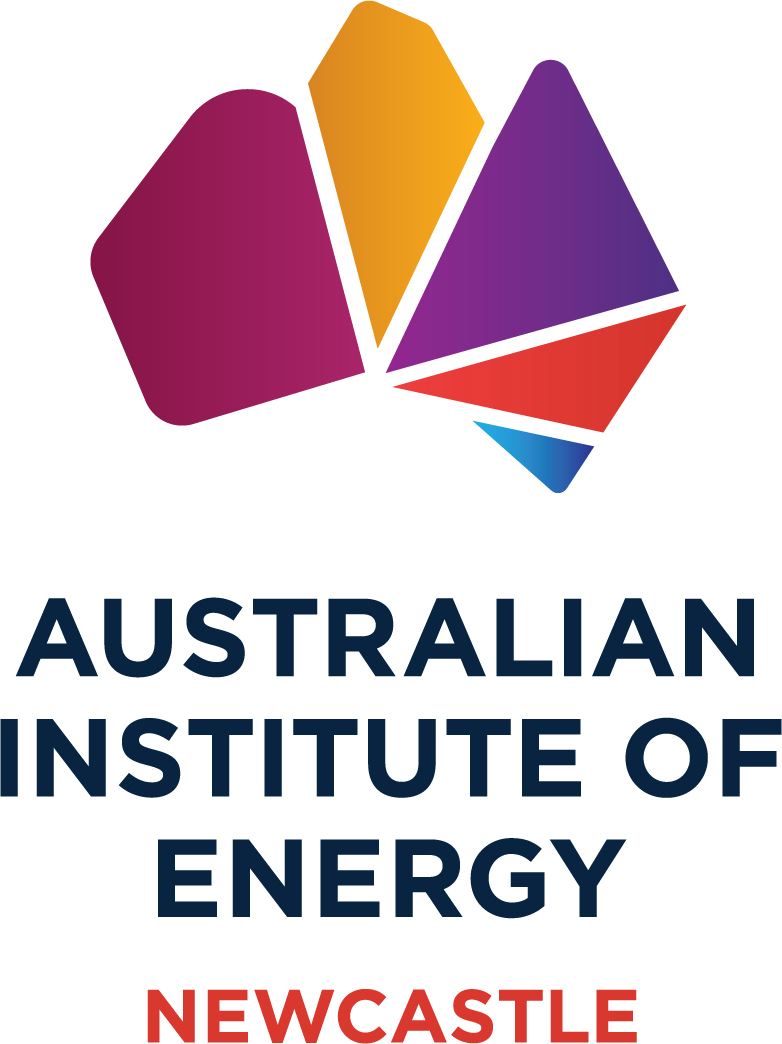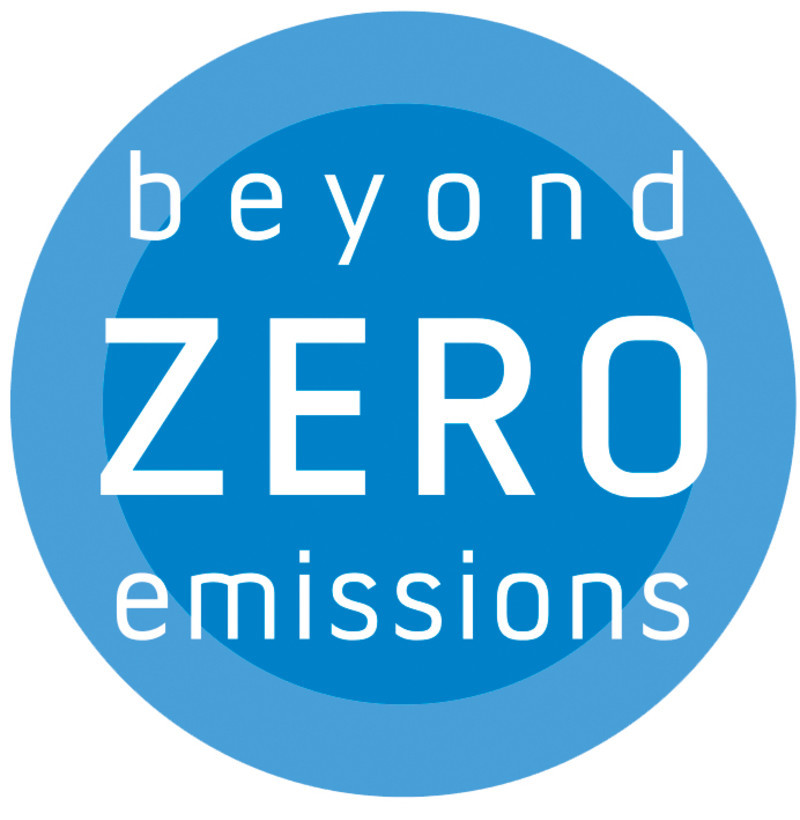First towers rise on nation’s largest electricity transmission project
Construction of Australia’s largest transmission project critical to the country’s clean energy future has reached a major milestone with the first of 1,500 steel towers rising from the ground in the Far West of NSW.

The $1.8 billion EnergyConnect project will enable the sharing of electricity between NSW, South Australia and Victoria for the first time, integrate renewable energy into the grid, and help Australia achieve its emissions reduction targets.
Transgrid and its construction partner SecureEnergy are building the 700km NSW section of the project from Wagga Wagga to the South Australian border, with a connection to Red Cliffs in Victoria.
Construction crews have erected the first guyed towers using a 230-tonne crane at Buronga, near Mildura. Unlike conventional self-supporting towers, which stand on four legs, guyed towers comprise a central mast held in place by four steel cables.
“Importantly, this type of tower requires about 15 percent less steel and 25 percent less concrete in construction, achieving a reduced carbon footprint,” said Transgrid CEO Brett Redman.
“In addition to providing backbone infrastructure supporting Australia’s transition to a renewable energy future, EnergyConnect will save NSW customers $180 million per year or $64 per household, on average, as part of our broader efforts to put further downward pressure on customer bills. The project is also creating up to 1,500 jobs, primarily in regional NSW, and contributing $4 billion in net economic benefits."
Meanwhile, works are well underway on the expansion of Transgrid’s Buronga substation, which will become the main hub for energy sharing between the three states. Earthworks on the substation bench are now complete, with concrete foundations being poured to hold the synchronous condensers and transformers at the heart of the facility.
“The 16-hectare expansion of the Buronga substation is the equivalent of 20 football fields and, once operational, it will be one of the largest and most complex substations in the Southern Hemisphere,” said Mr Redman.













